From Tan Ninh ward, follow National Highway 22B towards Xa Mat Border Gate for about 44km, turn onto Road 792 for another 7km, visitors will come across the road to the Central Bureau - the route that was associated with many years of fighting of our army and people. At the reception house and the exhibition area, visitors continue to weave through the deep green forest canopy for another 3km to reach the memorial stele house. The peaceful space, the sound of the Cho stream flowing seems to bring everyone back to the historical days more than half a century ago.
Former leaders of the Vietnam Fatherland Front of Tay Ninh province through the periods visited the memorial stele of the National Liberation Front Base Relic Site of South Vietnam
In the context of the Dong Khoi movement rising strongly throughout the South, on December 20, 1960, at Trang Chieng - a location deep in the forest of Tan Lap commune, intellectuals and representatives of armed forces, religions and ethnic groups met to establish the National Liberation Front of South Vietnam.
The meeting took place simply and secretly but had great historical significance. The provisional Central Committee included Dr. Phung Van Cung - Chairman; Comrade Nguyen Van Linh - Secretary of the Southern Regional Party Committee, and many important figures such as Le Thanh, Ung Ngoc Ky, Nguyen Van Hieu, Tran Buu Kiem, Tran Bach Dang, Venerable Thich Thien Hao, Ngoc Dau Su Nguyen Van Ngoi, etc. The conference approved the 10-point Program, calling on the Southern people to rise up to fight for independence, democracy and peace , opening a new phase of the war. From here, the struggle movements, the military - political - military fronts were promoted, contributing to turning the situation of the resistance war against the US, saving the country in the South.
After the Front was established in 1961, military organizations, class organizations, religions, ethnic groups and compatriots in the South successively established associations and became members of the National Liberation Front of South Vietnam. From its establishment until the day the South was completely liberated (April 30, 1975), the National United Front of South Vietnam held 3 congresses, and Lawyer Nguyen Huu Tho (1910-1996) was elected as the first Chairman.
In the following years, the Base Area became an important coordination center. From here, the Front expanded its forces, developed its organization, and gradually built a representative system in many countries such as Cuba, Algeria, Indonesia, China, the Soviet Union, Cambodia, Romania, the German Democratic Republic, North Korea, Sweden, etc. Although the fierce war forced the base to move many times to Lo Go, Xom Giua, Ka Tum, and even to War Zone D in the upper reaches of the Ma Da River, the North Tay Ninh base area was still the "headquarters" that had been attached the longest, contributing to shaping many important decisions in the liberation of the South.
The National Liberation Front Base relic site lies peacefully beside Cho stream in the middle of Chang Riec forest.
The Front's mission was to unite the forces of the South, with the support of the North, to complete the remaining part of the modern national democratic revolution. The main motto of the struggle was to combine three prongs of attack (political, military and military propaganda), through a persistent and fierce war, in all three strategic areas (mountains and forests; rural areas, plains and urban areas).
Although it was a central agency of the resistance, the organization and staffing of the agency were compact, ensuring leadership and management, with departments: Administration, Finance, Provision, Health, Service, Typing, Communications and Research. All were trained in the military, equipped with appropriate weapons, occasionally organizing false alarm drills, when at peace they were civilians, when in motion they were soldiers, ready to fight to protect the base.
After the country's reunification, in order to meet the needs of the new revolutionary stage, on July 31, 1977, the Congress of the Vietnam United Front announced the merger of the National Liberation Front of South Vietnam with the Vietnam Fatherland Front and the Alliance of National, Democratic and Peace Forces of South Vietnam into the Vietnam Fatherland Front.
After 65 years of establishment, the Base Area is still preserved and maintained intact. Visiting the old place, we can see the strategic talent of our ancestors. With the terrain surrounded by forests, about 3km near the Cambodian border, from here, the revolutionary forces can move flexibly, avoid enemy sweeps, and easily connect with other bases in the North Tay Ninh base system.
To preserve the priceless historical value, in 2000, the restoration and embellishment of the Base Area was officially implemented. Many structures such as offices, halls, kitchens, production areas, etc. were restored according to the original model, from the paths, rows of trees, the ground to every detail of the objects, all vividly recreated the daily life and work of officers and soldiers during the resistance years.
With those persistent conservation efforts, in 2012, the Ministry of Culture, Sports and Tourism ranked the National Liberation Front Base Area of South Vietnam as a special national monument, affirming the stature and profound historical value of this red address.
Under the flag of the Front, all classes of people, from workers, farmers, intellectuals to religious and ethnic compatriots, have stood up together towards the goal of independence and freedom for the Fatherland. It is this strong bond that has formed a widespread popular position, fostered the will to fight, protected the bases, supported the armed forces and created resounding victories. That spirit of solidarity is not only the strength of a historical period but also an everlasting value, continuing to be promoted in the cause of building and developing the country today./.
Khai Tuong
Source: https://baolongan.vn/khu-can-cu-mat-tran-dan-toc-giai-phong-mien-nam-viet-nam-mai-mai-suc-manh-doan-ket-a206584.html


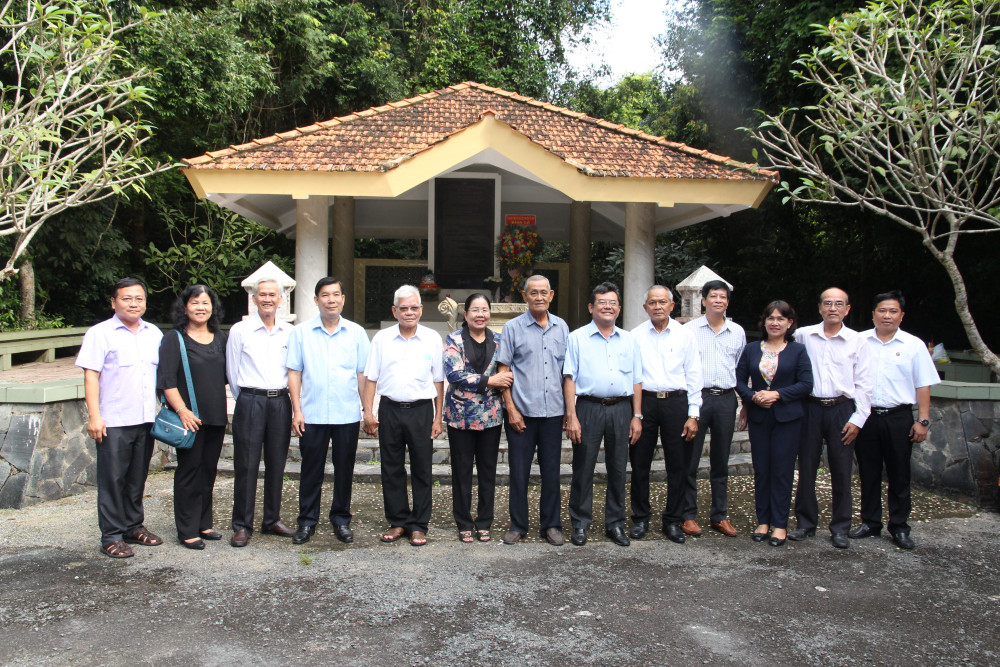
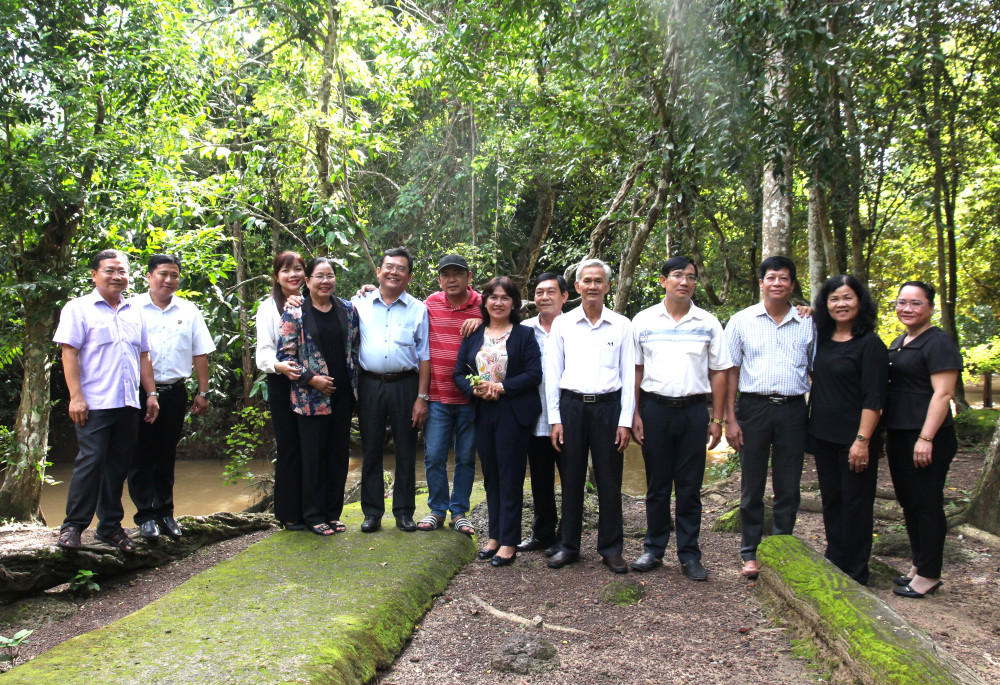









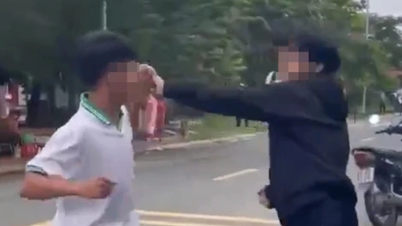

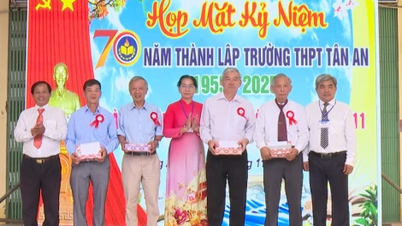
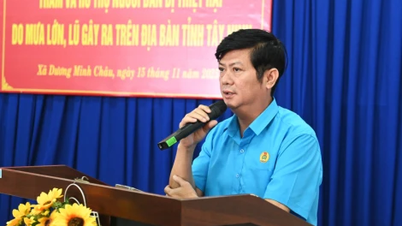
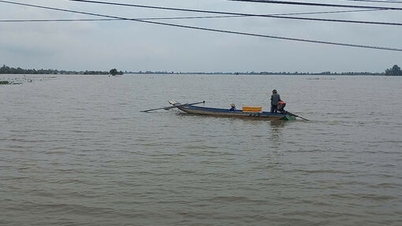














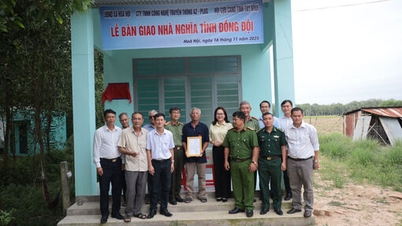
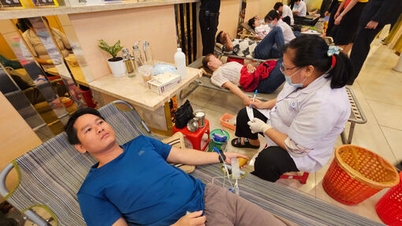
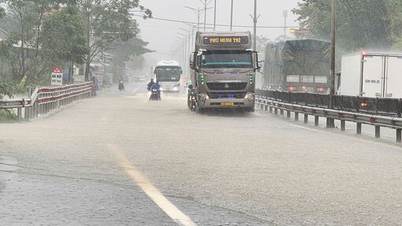
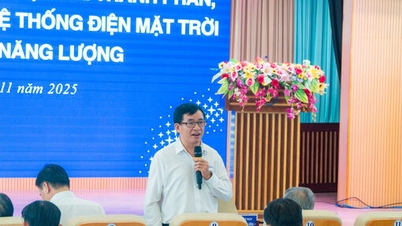








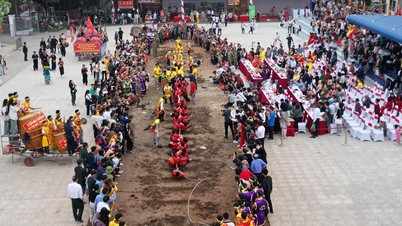




































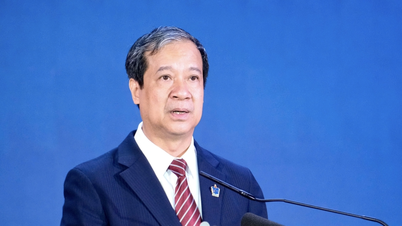



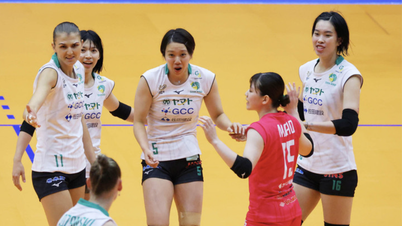








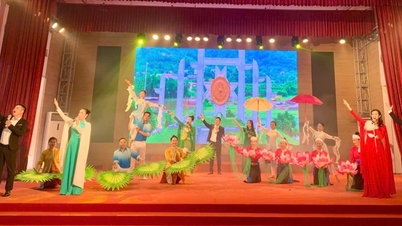
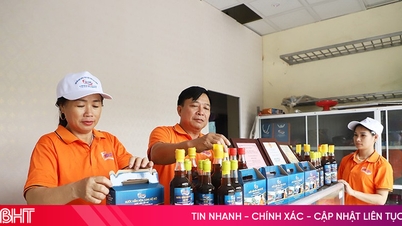



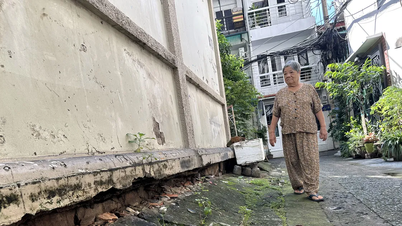
















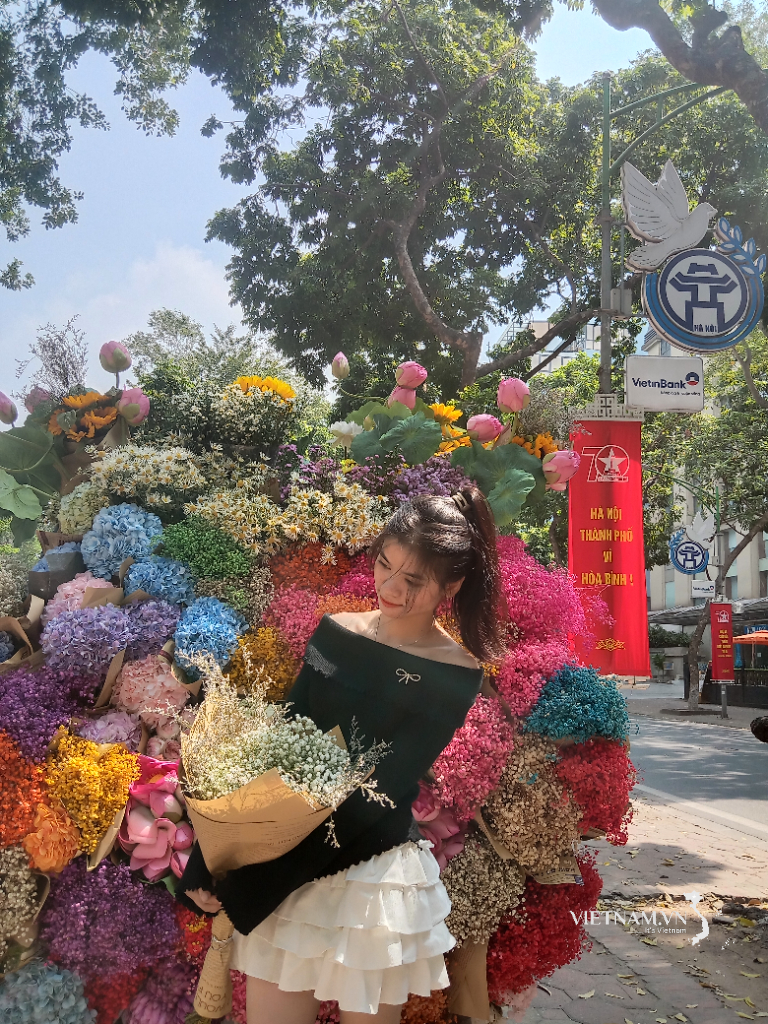

Comment (0)